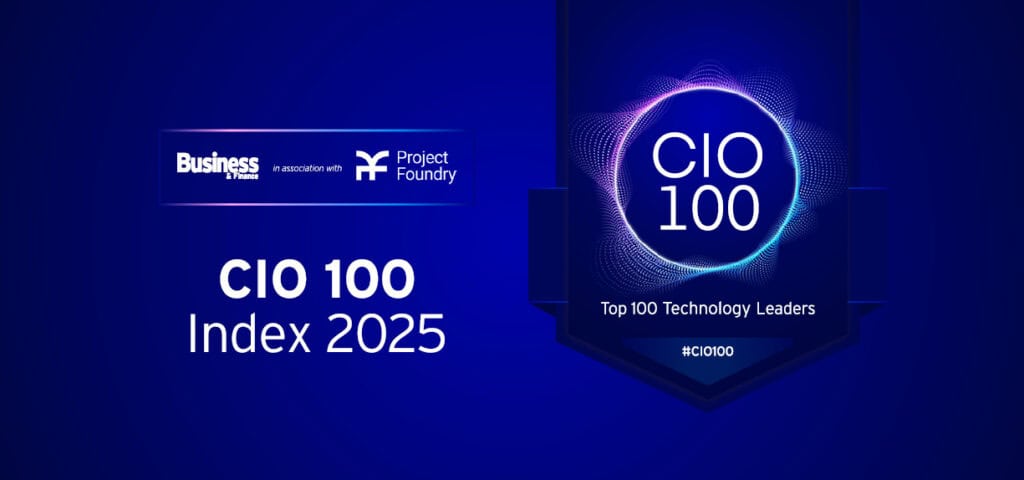Simon Boucher, CEO, Irish Management Institute
Irish Management Institute CEO Simon Boucher in conversation with Deanna O’Connor on priorities, strategies and clarity in a disruptive environment.
An executive these days, on average, spends about 80% of their time in meetings … when you spend 10 hours in back-to-back meetings you go home feeling that you have achieved so little, and it’s all in the now, reacting.
The idea of having priorities and self-management has been a really big theme in the work we do in executive education at the IMI: how executives choose to prioritise and what they are seen to prioritise by the business – because when you’re a senior executive, your priorities become the business’s priorities.
Helping people self-manage, self-regulate and work out what their priorities are on a day-to-day basis is something that we do a lot of work on.
I spend an awful lot of time thinking about my time, thinking about my week and thinking a few weeks ahead. I’m always trying to be a few weeks ahead so I know what kind of messages I’m going to be sending. I need to think about where I want my teams, what they are going to be prioritising, thinking about the messages I’m going to send.
FORMING STRATEGY
Something McKinsey have picked up on lately is optimism bias. Leaders tend to overestimate how good they are at predicting the future. We tend to assume we know what the future environment is going to be like and we develop our strategies to fit that scenario. But actually the number one question we should be asking is: ‘What should we do if what we think is going to happen doesn’t happen?’
Therefore, what leaders really need to do, especially in a disruptive environment, is to almost have a risk management mindset when they develop strategies and come up with a range of different scenarios – a whole extreme continuum of potential strategies, rather than getting sucked into their assumptions about what the future looks like. Because you can develop a strategy that’s set for one scenario – then when the goalposts move overnight, where does that leave you?
Use your behaviour, your moods, and your priorities as a way of sending messages
It’s about understanding your range of scenarios and using that to work out the ‘no regrets’ strategies that should be part of your bigger picture: the projects that are worth doing on their own merit.
We have a five-year strategy, like so many businesses, but we break that down each year. We try to practise what we preach, so we do what we call ‘strategy maps’, which is a one‑year version of the five-year plan.
Within that there are four or five big themes and I break that down into quarters and then almost into a week-to-week basis to make sure that whatever jobs we’re doing in the week relate some way to the overall goal for the year, which relates in some way to the overall goal for the five-year period.
GOALS AND CLARITY
Two things around goals: firstly the clarity of the goals, and secondly having the right number. It’s so easy to get sucked into the trap of having 20 priorities, which is almost contradictory. It’s having two or three big things that you’re spending your time on and making sure that when you come in in the morning and you turn on your laptop you’re not getting sucked into the vortex of your email.
Around clarity, something else we’ve introduced recently is sharing everyone’s goals with each other. My finance director knows not only his own goals and his team’s goals, but he also knows the goals of the commercial director.
It’s having two or three big things that you’re spending your time on and making sure that when you come in in the morning and you turn on your laptop you’re not getting sucked into the vortex of your email
Every Monday morning the senior team sits down and we have a slide we put up on screen with the top three or four goals for the quarter, which is to get us away from the week-to-week. And we’re also focusing on a fairly limited number of things because that way you’ve got more chance of achieving it.
There is a phrase I always like to use that is: ‘When you’re a leader, your mood is viral.’ So you’ve got to be very clear on how you’re performing, how you sound, how you look.
That sends a message across your business, so it’s about authenticity – but really understanding that you’re constantly sending messages as a leader, and therefore managing yourself a little in that way and choosing to use your behaviour, your moods, and your priorities as a way of sending messages to people.







